Total Nube! Need a set up for the office!
squeeziemonkey
17 years ago
Related Stories
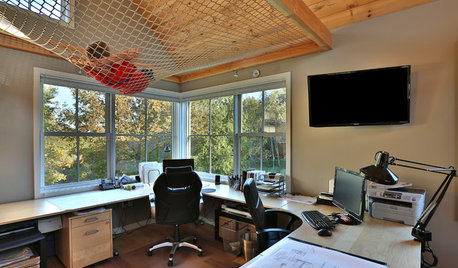
DESIGN PRACTICEHow to Set Up Your Design Studio at Home
Learn from an architect how to create a workspace that fuels your practice and feeds you inspiration
Full Story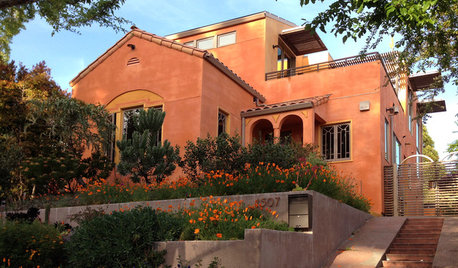
HOUZZ TOURSHouzz Tour: Stunning Rooftop Deck Tops a Totally Remodeled Home
An overhaul of this Berkeley home includes new landscaping, a sunny home office, 2 bedrooms and a rooftop entertainment space
Full Story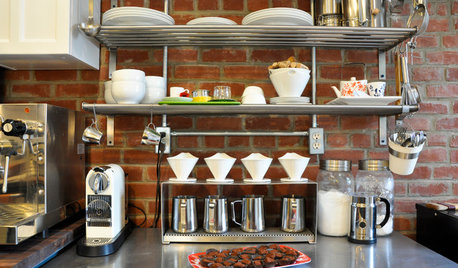
SHOP HOUZZHouzz Products: Set Up Your Dream Coffee Station
Wouldn’t it be nice to have your own café that never closes? With these tools and accessories from the Houzz Products section, you can
Full Story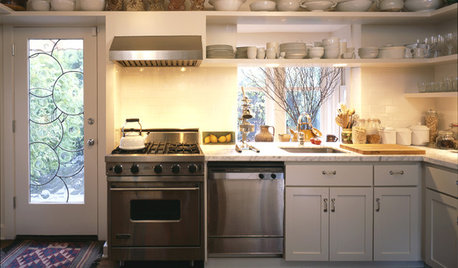
KITCHEN DESIGNHouse Planning: How to Set Up Your Kitchen
Where to Put All Those Pots, Plates, Silverware, Utensils, Casseroles...
Full Story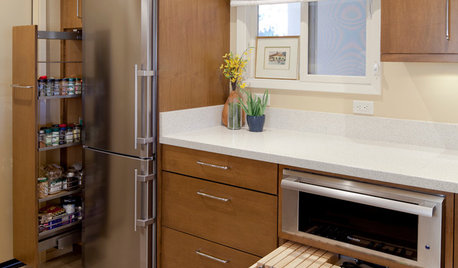
ORGANIZINGYour Total Home Organizing and Decluttering Guide
Take it slow or be a speed demon — this room-by-room approach to organizing and storage will get your home in shape no matter how you roll
Full Story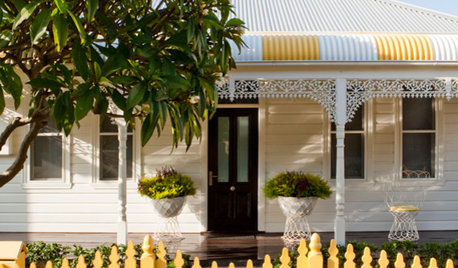
DECORATING GUIDESLighten Up — or Brighten Up — With Yellow
You can use this versatile color to create a buttery backdrop, add a zesty accent or make a bold design statement
Full Story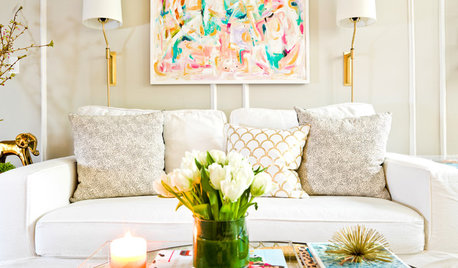
HOUZZ TOURSMy Houzz: Pretty Meets Practical in a 1920s Walk-Up
Creative styling gives an 800-square-foot rental such an inspired homey air, you might just miss the office in the living room
Full Story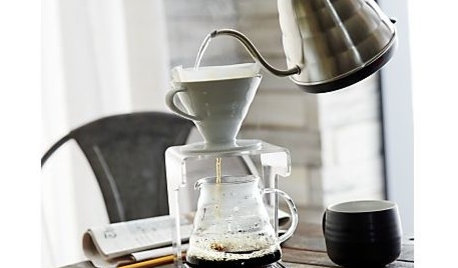
PRODUCT PICKSGuest Picks: Perk Up Your Coffee Bar the Midcentury Mod Way
These marvelous cream and sugar sets, trays and other accessories will make your coffee station the best part of waking up
Full Story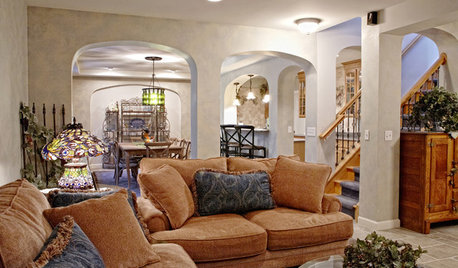
DECORATING GUIDESSet the Right Mood With the Right Lines
Soothe with curves or go straight-up efficient. Learn the effects of lines in rooms to get the feeing you’re after
Full Story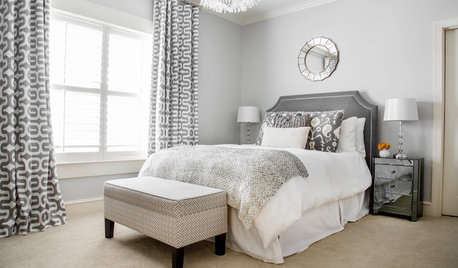
COLORSet the Mood: 5 Colors for a Calming Bedroom
Stressed? Can't sleep? Consider one of these cool, soothing hues for your walls
Full StoryMore Discussions






shrubs_n_bulbs
bid2win
Related Professionals
Quincy Landscape Architects & Landscape Designers · Salem Landscape Contractors · Lakeville Landscape Contractors · Milford Landscape Contractors · New Cassel Landscape Contractors · Waldorf Landscape Contractors · Oxon Hill Landscape Contractors · Agoura Hills Fence Contractors · Bothell Fence Contractors · Golden Fence Contractors · Northlake Fence Contractors · Roswell Fence Contractors · Spring Fence Contractors · Saratoga Springs Fence Contractors · Orchards Roofing & GutterssqueeziemonkeyOriginal Author
bid2win
shrubs_n_bulbs
bid2win
squeeziemonkeyOriginal Author
shrubs_n_bulbs